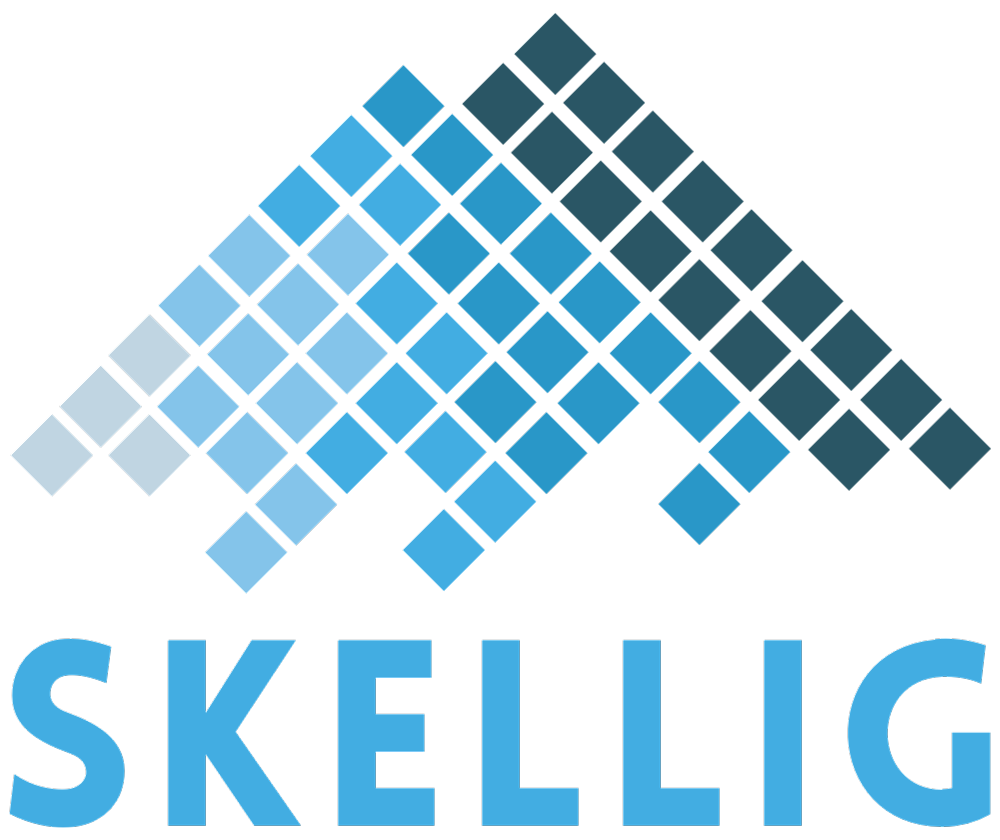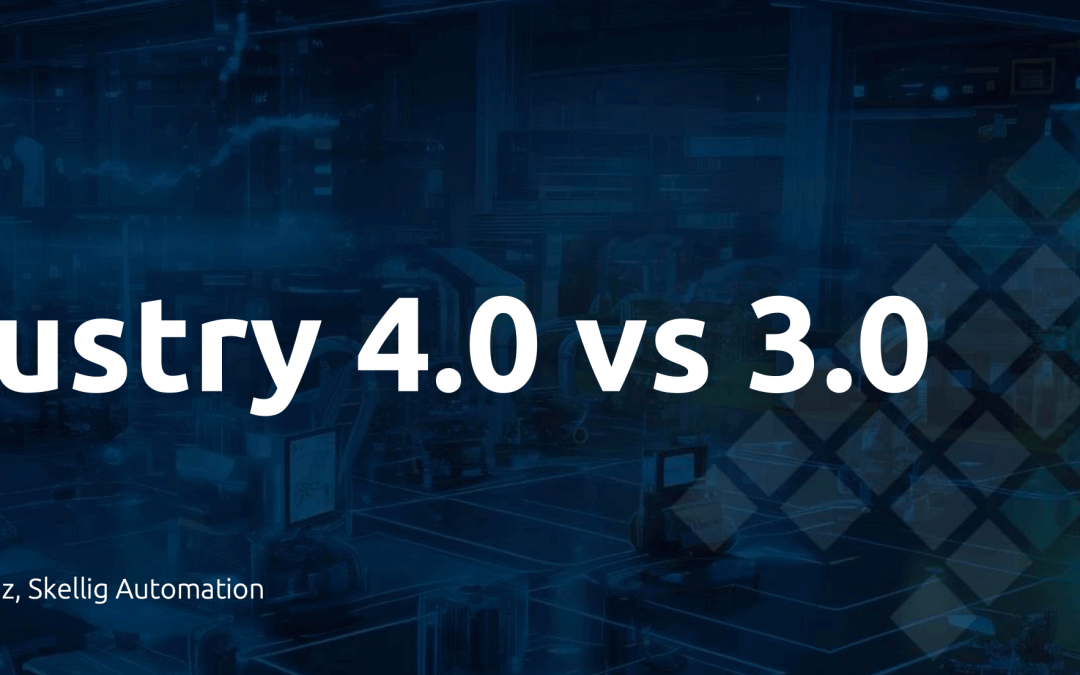Are You Tired of Hearing About 4.0?
Every day, we are bombarded with “4.0.” It started as “Industry 4.0.” Now, there’s something new every day, from “Manufacturing 4.0” to “Factory 4.0” to “Pharma 4.0.” It seems as if everything in industry has had 4.0 added on in the last few years and we’ve lost some of the fundamental understanding about what differentiates 4.0 from the traditional automation stack.
My colleagues and I refer to the different systems and technologies we encounter in the Life Sciences as either “3.0” or “4.0.” We say, “This is a 3.0 system,” or, “That is a 4.0 system.” The systems that frustrate us more than others, we jokingly declare to be 2.0. Somehow, we always agree whether a system is a 3.0 system or a 4.0 system without debate.
Subconsciously, we have developed criteria for a 3.0 system vs. 4.0 system, but we have never attempted to define the differences. Today, we ask the question:
What Makes Something 4.0?
If I ask my colleagues, “What technologies and systems are 4.0?” the following rise to the top of the list: MQTT, Unified Namespace, Ignition, Canary, HiveMQ, HighByte, and Tulip. When I ask, “What systems are 3.0?” we get a list of traditional DCS, MES, and SAP.
Digging deeper, we can list the key differentiators that classify technologies and systems as 4.0:
publish/subscribe architecture
A 4.0 technology or system must support the publish/subscribe architecture and not be part of the traditional automation stack. Any system or technology that continues to make up the traditional automation stack is 3.0.
part of a larger solution
A 4.0 technology or system is not a monolith, but part of a greater solution built with other technologies and systems. Any system or supplier that tries to be a single solution, or suite of solutions, is not 4.0.
no data hoarding
Any system that needs to be the center of attention within an organization isn’t a 4.0 solution. 4.0 solutions function as peers with other systems and technologies, eliminating information silos.
scalability
4.0 systems and technologies can be used throughout the lifecycle of an organization, from proof of concept through the enterprise level.
4.0 systems will meet most of the criteria above. It’s important to note that new systems are not inherently 4.0 solutions. It is easy to pick up on some new systems and recognize them as simply repacked 3.0 systems. Similarly, 4.0 mindsets and technologies can be deployed using 3.0 mindsets, negating the advantages of 4.0.
What is the Impact of 4.0 Technologies and Systems?
There is no question that Industry 4.0 will make a huge impact not only within Life Sciences, but in manufacturing as a whole and beyond. The systems and technologies that classify as 4.0 are the enablers for digital transformation, and digital transformation is poised to revolutionize the way we create and produce. Are you ready to join us in pursuit of a better industry—Industry 4.0?
A special thanks to Josh Glass and Amy Williams for their thoughts and contributions on what makes a system/technology 4.0. They are leaders in 4.0 technology, and their viewpoints are much appreciated!
Skellig Automation’s ‘What is…?” series provides simple, accessible summaries about broader topics within the Life Sciences industry. Want to see a specific topic? Contact us at info@skellig.com.

